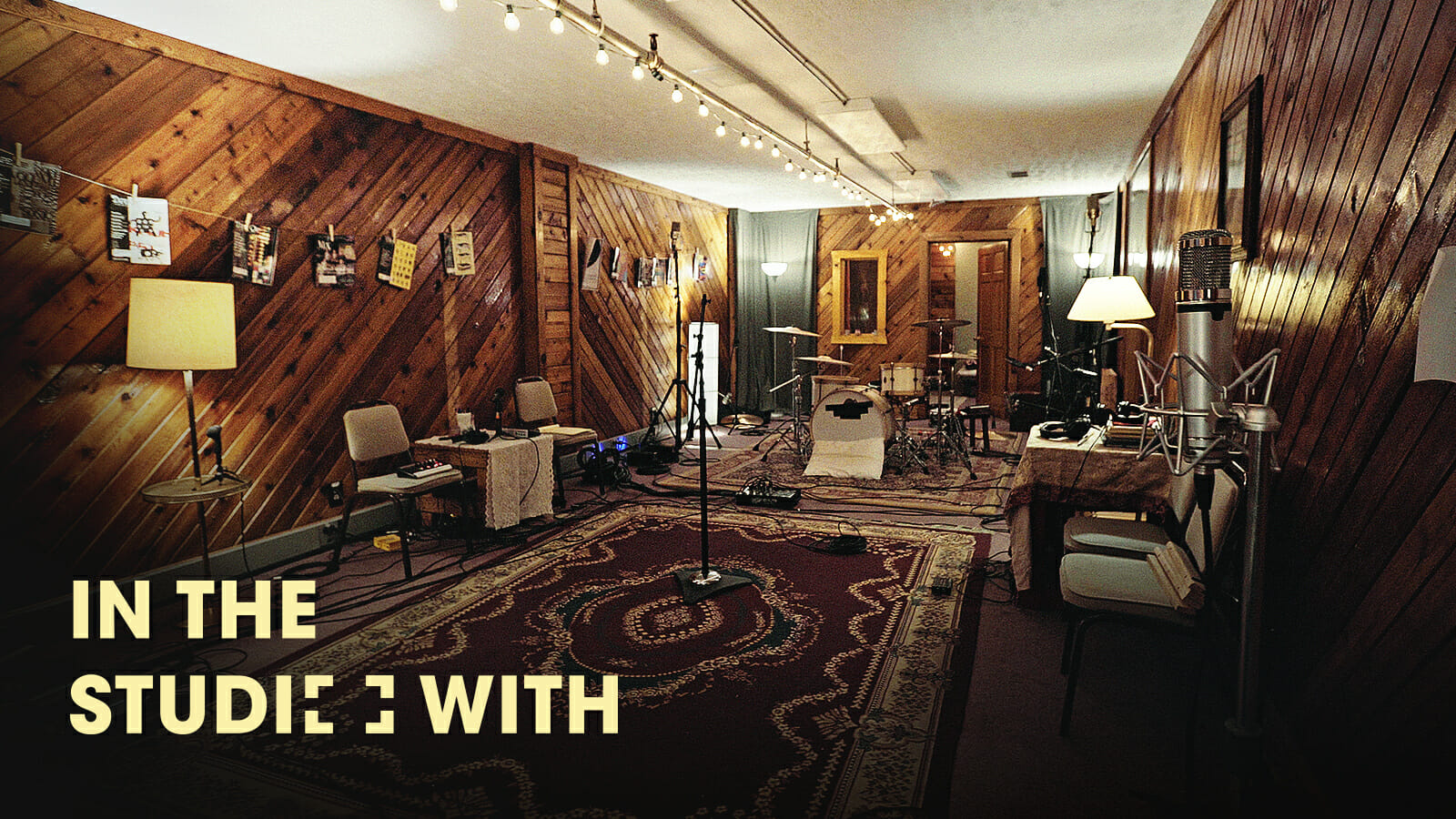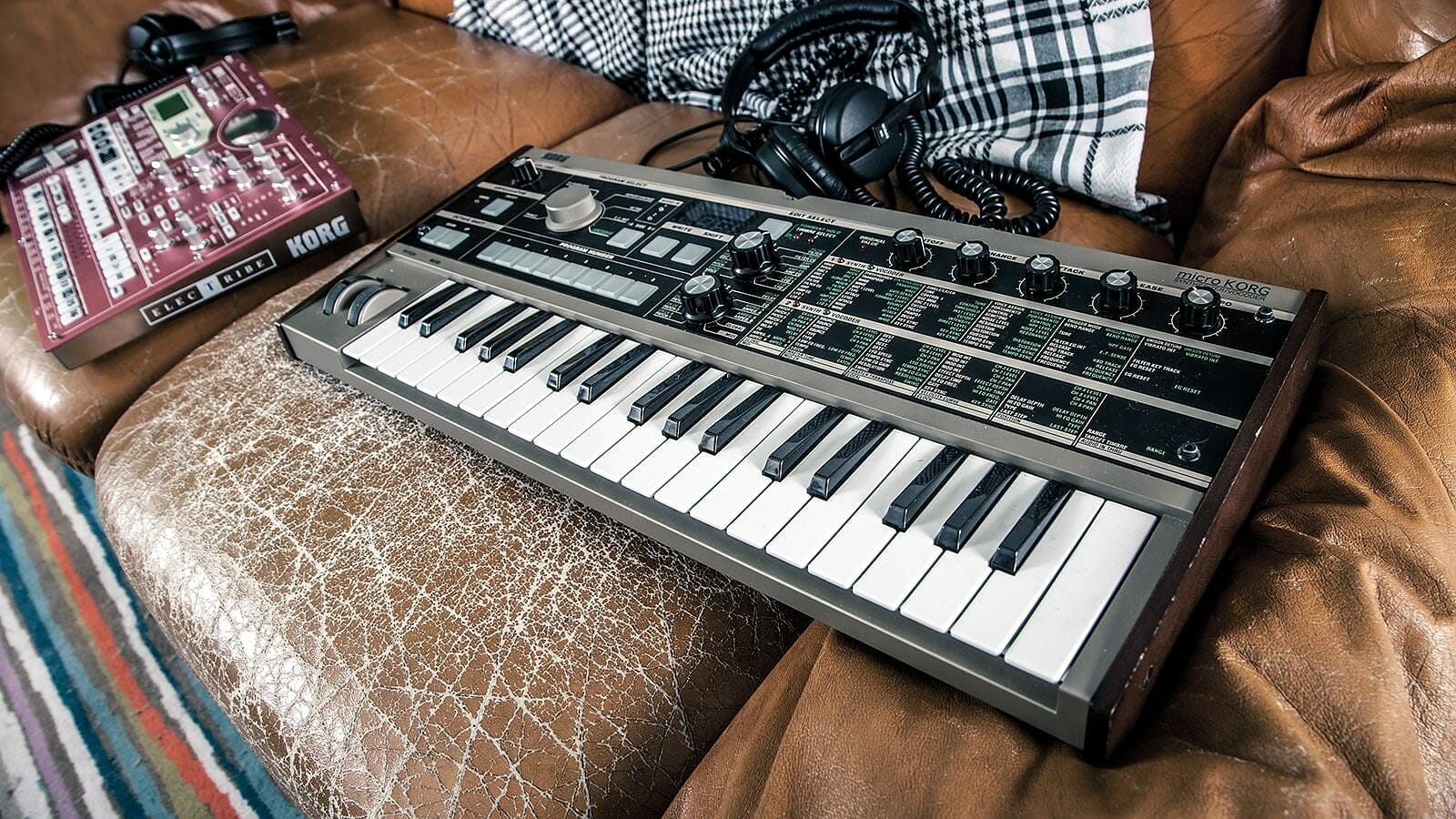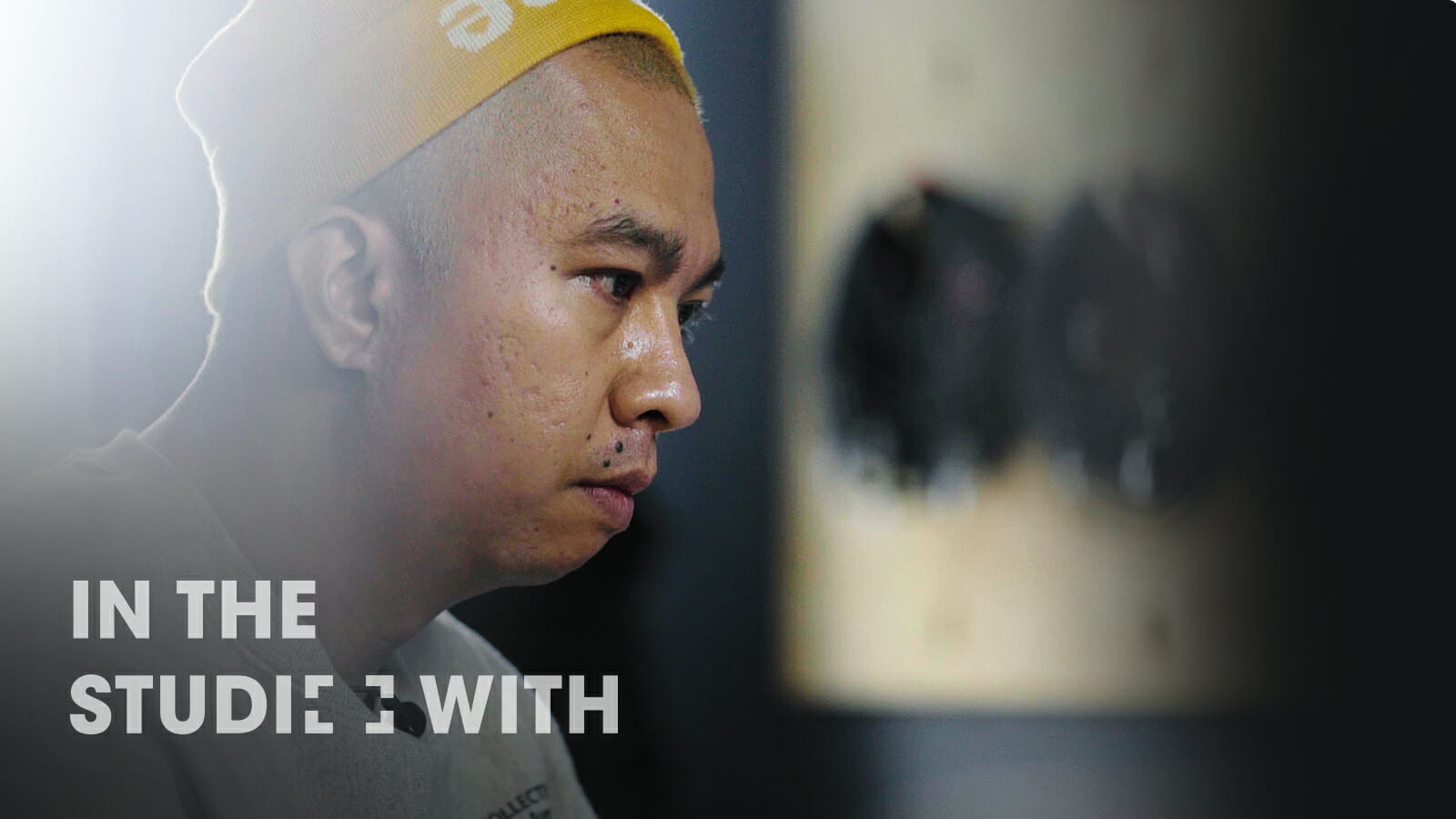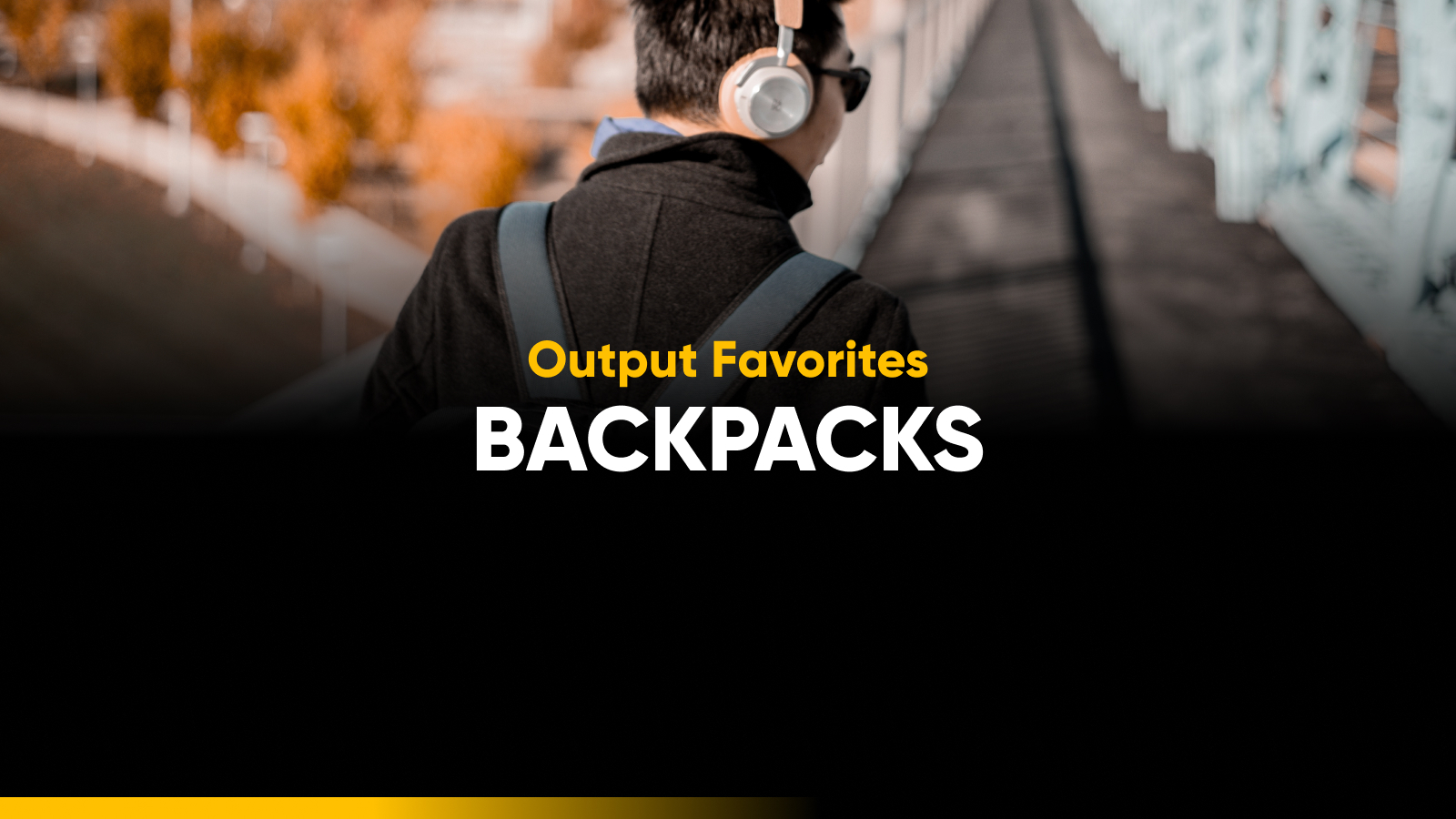Buried in the heart of Nashville, Tennessee, is Welcome to 1979, a record pressing plant that feels like walking into a time machine.
In the United States in 1979, gasoline cost 86 cents a gallon, the average house sold for $13,650, and you could drive off the lot in a brand-new Toyota Corolla for under $4,000.
Meanwhile, music fans were experiencing a revolution in how they experienced music with the advent of the Sony Walkman, which spun the latest hits from The Village People, Donna Summer, and the Bee Gees.
In a lot of ways, that carefree-meets-throwback vibe still exists today at record pressing plant Welcome to 1979. But, it’s way more than just a place to lay down tracks.
Founded in 2008, the 13,000-square-foot complex that was once home to a record pressing plant has evolved into a music-making oasis of vinyl and tape.
“Vinyl is as much an experience as it is about fidelity,” says Cameron Henry, the mastering engineer of 1979. He then raises a good question. “Why do we have movie theaters when you can just get it on your TV, streaming? Because a movie theater is an experience. That’s the same thing as a vinyl record.”
Touring around Henry’s studio is also an experience. Above his modern, aerodynamic chair hangs the gatefold of Barbra Streisand’s 1977 album Superman, proving that the name of the building is not to be taken too literally.
“Vinyl is as much an experience as it is about fidelity.”
“This is my vinyl mastering rig,” Henry says as he leads us to what appears to be a giant record player. It is not. It is the first step to making a record.
“It’s a Neumann VMS-70 Cutting Lathe. It was made in 1973,” he says of the rare piece of engineering that, when someone chooses to sell theirs, can easily fetch six figures. “I’ve had it restored and maintained. It still cuts records really well.”
To the left of the Neumann is a Studer tape machine that was built specifically for cutting discs. “I can cut from an analog tape source,” he explains. “I’ve obviously also got Pro Tools ready to cut from digital. And because we’re in a recording studio, we can do direct-to-disc recording, which is just playing live, and the only recording medium is the disc that’s being cut.”
That’s correct. Recording live, straight to disc, just like the scene in Ma Rainey’s Black Bottom where Ma didn’t want to record until she got her Coke.
Henry, who has mastered over 2,000 LPs and EPs from the likes of TLC to Miles Davis, explains: “A disc is cut in real-time. Music just plays and this thing spins and it cuts a lacquer. It’s a blank side, but when the music gets cut on it, it ends up like this. I just have to listen to the record all the way through while it does its thing. When it’s done, I can inspect the grooves with a microscope. I’m cutting one copy, and this copy is going to be the mold that sets what every single production copy of the record sounds like. So it’s really important I get this one right.”
No, they aren’t recording onto a blank piece of vinyl like what we all have in our collections.
“We use a 14-inch lacquer for cutting a 12-inch album,” Henry says. “It gives me an inch on the outside to do the calibration. I make sure that my depth is right, and the grooves are spaced out how I’d like them to be. Once everything’s set the way I like it, I run the cutter head in. It’s going to cut the outermost concentric circle and start cutting a lead-in.”
Okay, but can it be explained like we’re five?
“The record is kind of like a seismograph,” he begins. “Imagine if you took two dowel rods and attached them to your speaker cones with a pencil on the end of it. As the speakers vibrated, it would shake that pencil. It’s basically the same thing that’s happening in this triangular piece to small coils, vibrating like speakers that are attached at 45-degree angles to that cutting stylus that’s etching the groove in the disc,” he says.
“We can do direct-to-disc recording, which is just playing live, and the only recording medium is the disc that’s being cut.”
As the tour continues, Henry points out which areas of the Welcome to 1979 compound are best for what.
The artist lounge: “It’s a great spot, especially for bands that are working out arrangements. Before they record, they can all hang out in here, set up a few practice amps, go through how they want to perform their song before they get spread out in the headphone recording world.”
The hallway: “I’ve recorded an entire band in this hallway. It’s a great place to record horns because the ceilings are really high. We can also use it as a reverb chamber by throwing a PA monitor on the couch and a microphone at the bar down here and use the entire space as a natural reverb space.”
The control room: “This is probably one of the larger control rooms you’ll ever see. We have an MCI 428 console that we’ve modified with API preamps, a bunch of Output gear, and tape machines. They’re all functioning and used every day. Today they’re recording to Pro Tools, which is a rarity at this place. We’re usually pretty tape-centric. They’re just rolling straight to digital, which is fine because there’s a lot of romanticism about tape, but digital works just as well. It’s more about the process. Sounds pretty good to me.”
The game room: “It’s a nice place to hang out and get away. We got the foosball table, pinball, and a dartboard. And of course, we’ve got a jukebox.”
If that wasn’t enough, the complex also is home to Mara Machines, the largest tape machine restoration company in the world and a sister company of Welcome to 1979.
“I don’t know how many machines they do,” Henry admits. “I’d say probably 30 to 40 machines a year get completely rebuilt by three or four people that work here all the time.”
Epitomizing the concept of full-service, the studio also boasts an electroplating facility.
Electroplating is the second step of vinyl record production.
Once the lacquer is cut, it gets turned into a metal stamper. Then the lacquer gets sprayed with liquid silver and then dunked in a bath. The lacquer is attached to a spinning disc at high voltage for about 40 minutes.
“Then they’ll pull it out and they’ll pull the metal off of the lacquer, and they will have a metal negative of a record that will have ridges instead of grooves,” Henry explains. “At that point, the lacquer is discarded and that metal part is the new master called a ‘father.’ The next one to grow off of it will be a ‘mother.’ It will be a playable metal record, and then we can grow stampers off of the mothers.”
The equipment and tools are one thing, but the special sauce of Welcome to 1979 is its talented staff.
“Everybody that works in this room started as an audio engineer or a music audiophile or an artist, and have learned ‘the chemistry,’” Henry says. “They all understand what good records should sound like.”
Take a peek at another intriguing studio with a personal tour from Om’Mas Keith.



